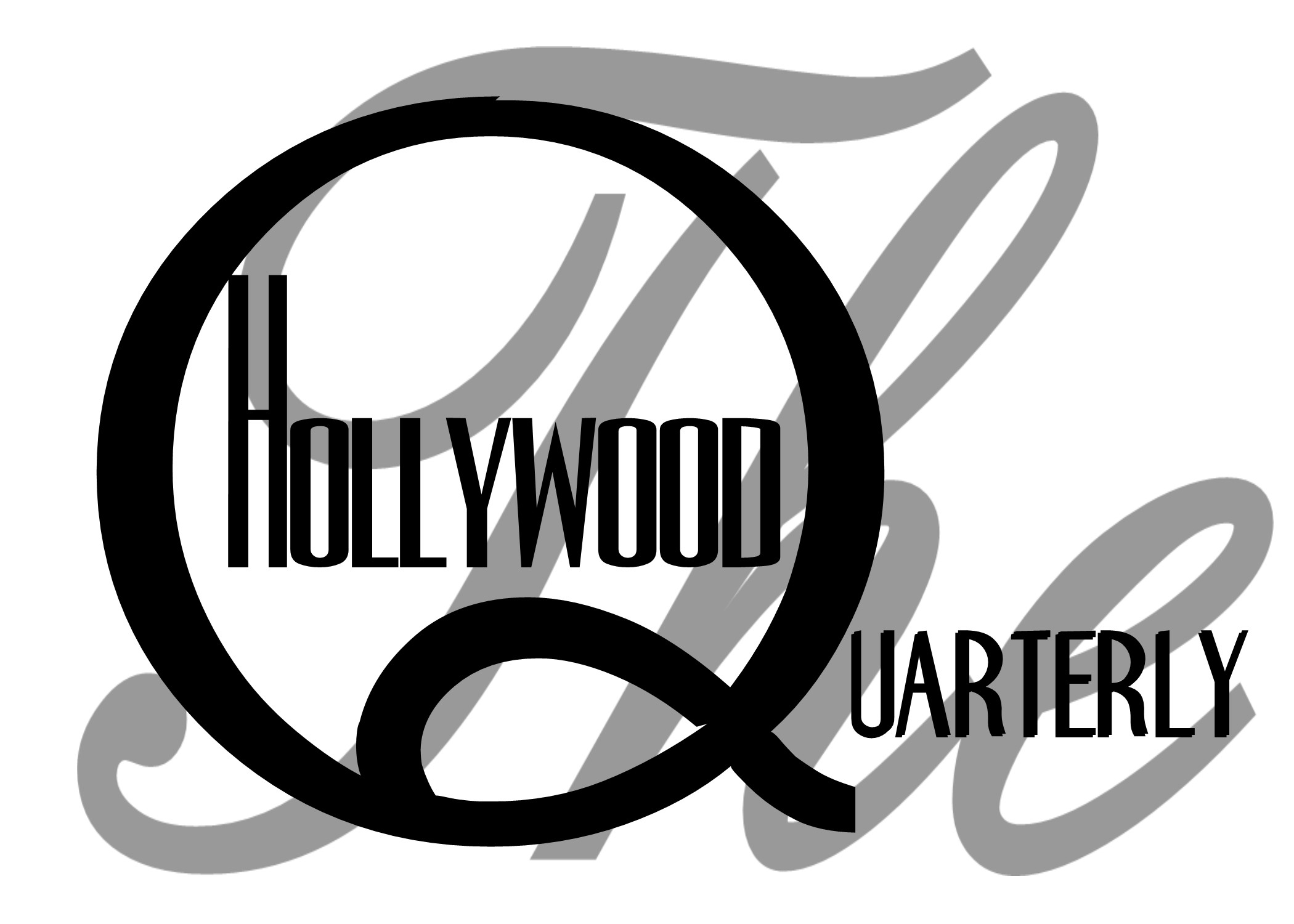Our publication is not affiliated with the original Hollywood Quarterly.
However, we do acknowledge the storied tradition of excellence that we want to follow. The Hollywood Quarterly is a modern, independent publication and is not affiliated with or endorsed by the original Hollywood Quarterly (1945–1957) or its successors. References to the historic journal are made in admiration of its legacy and for historical context only. This publication is a contemporary platform with its own editorial vision and original content.
